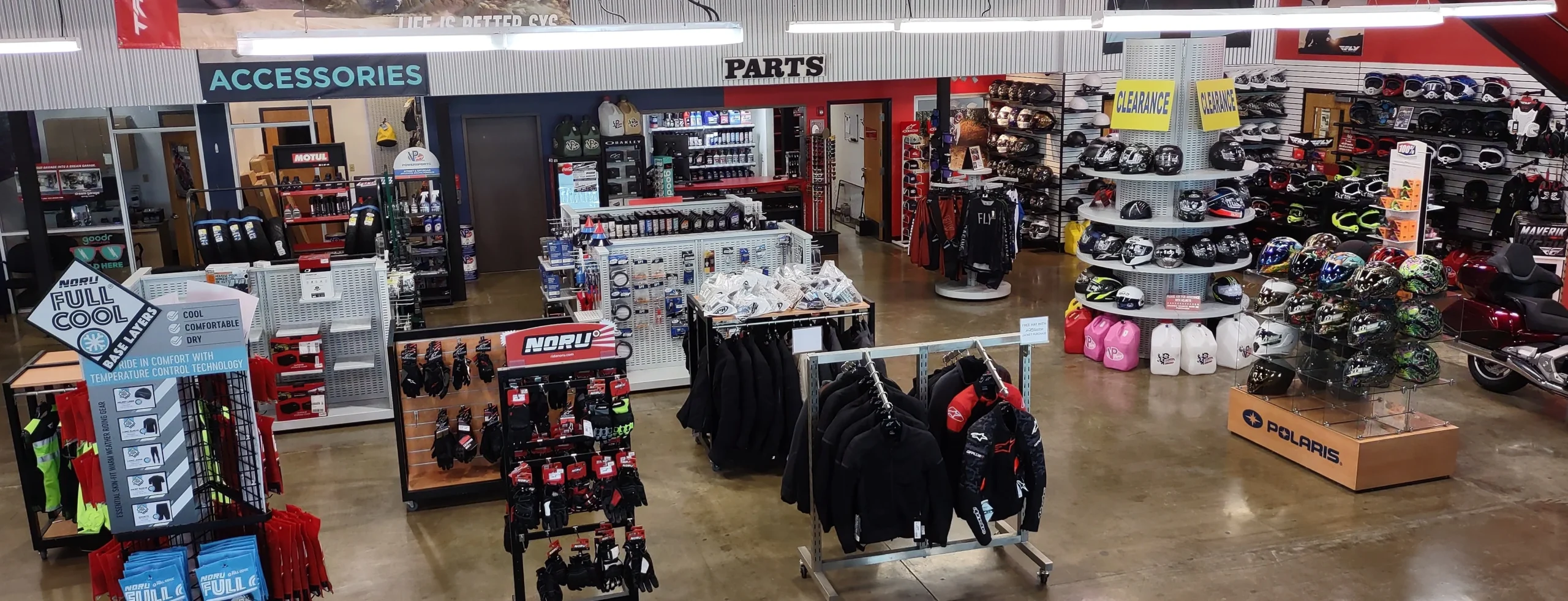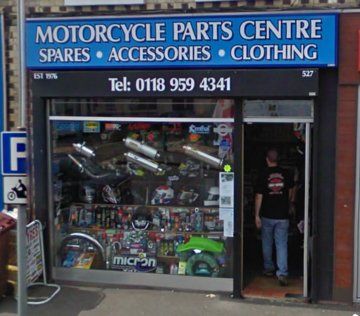Discover Competitive Prices on Motocross Parts NZ for Every Bike
Discover Competitive Prices on Motocross Parts NZ for Every Bike
Blog Article
Understanding the Crucial Parts of a Motorbike: A Comprehensive Guide for Fanatics
For bike enthusiasts looking to elevate their riding experience and ensure their bikes run efficiently, recognizing the essential parts of a motorcycle is vital. Each element, from the engine's complex workings to the critical role of the braking systems, not just impacts performance yet additionally security and comfort.
Engine Elements

The camshaft plays an essential function in managing the timing of the engine's valves, making sure the precise opening and closing needed for reliable gas and air consumption, along with exhaust expulsion. This timing is essential to maintaining ideal engine efficiency and performance. In addition, the carburetor or gas injection system, relying on the motorbike design, is in charge of blending air with gas in the proper proportion for combustion.
The air conditioning system, either air or liquid-based, functions to keep the engine's temperature within functional limits, protecting against overheating and making sure long life - motorcycle shop. Each element, meticulously made and incorporated, adds to the smooth operation of the engine, specifying the motorcycle's power outcome and general performance
Transmission System
Important to the bike's performance, the transmission system guarantees efficient power transfer from the engine to the wheels. This system consists of a number of essential elements, including the clutch, transmission, and final drive, each playing a vital function in equating the engine's power right into movement. The clutch, commonly operated by a hand lever, serves to engage and disengage the engine from the transmission, enabling smooth gear changes and regulated velocity.
The gearbox, usually described as the transmission proper, includes a collection of equipments that cyclists can manually shift via to change the bike's speed and torque outcome. These equipments are prepared in a sequence that enables the motorcycle to accelerate efficiently and maintain optimal engine performance across different rates. The majority of bikes utilize a sequential gearbox, calling for the cyclist to shift gears in a fixed order.
Braking Mechanisms
While understanding the transmission system is key to harnessing a bike's power, just as essential is the capability to manage and stop that power effectively, which is where braking systems enter play. Brakes are critical for safety and efficiency, giving the motorcyclist with the required control to browse numerous terrains and problems. Normally, motorcycles include 2 kinds of braking systems: disc brakes and drum brakes.
Disc brakes are much more common in modern-day motorbikes as a result of their remarkable efficiency. They are composed of a brake disc, caliper, and pads. When turned on, the caliper presses the brake pads against the rotating disc, transforming kinetic power into warmth, thereby slowing down the wheel. This system provides better heat dissipation, consistent performance, and improved quiting power, especially in wet problems.
On the other hand, drum brakes, though much less common, are still discovered in some motorcycles. They function by pushing brake shoes versus the inner surface area of a drum connected to the wheel. While generally much less reliable in warmth dissipation and quiting power, drum brakes are easier and a lot that site more affordable.
Understanding these stopping systems' nuances enables bikers to maintain their motorcycles correctly and value the engineering that makes certain effective and risk-free stopping.
Suspension and Guiding
Suspension and guiding systems are crucial parts that substantially affect a bike's handling and experience convenience. The suspension system, consisting of forks at the front and shock absorbers at the rear, takes in roadway irregularities, improving stability and control. Front forks, inverted or generally telescopic, compress and rebound to mitigate impacts, while back shock absorbers preserve tire contact with the roadway, vital for grip and security.
Guiding, centered around the handlebars, links the motorcyclist to the bike's directional control. The steering head bearings ensure smooth operation, allowing specific ability to move. Proper positioning and maintenance of these bearings are crucial for predictable guiding response and lowering rider fatigue.
The suspension's adjustability is another critical element; right here preload, damping, and rebound setups enable modification to suit different riding problems and designs. This adaptability is important for enhancing performance, whether browsing city streets or tackling rugged routes. Innovations like digital suspension systems provide real-time modifications, improving experience high quality throughout diverse terrains.

Electrical Solutions
After ensuring a smooth and regulated experience with effective suspension and steering systems, interest transforms to the electric systems, a crucial aspect of contemporary motorbikes. These systems play a vital function not only in starting the engine yet also in powering different elements that best budget motorcycle gloves boost the capability and security of the motorbike.
At the heart of a bike's electrical system is the battery, which shops electrical energy essential for starting the engine and powering complementary systems - motorcycle parts nz. The alternator or generator, combined with the rectifier-regulator, guarantees the battery remains charged while the bike is in operation, transforming power into electrical power and preserving voltage levels
The ignition system, another critical element, is accountable for sparking the air-fuel mix in the engine's cyndrical tubes. Modern motorbikes typically make use of a digital ignition system, using greater effectiveness and integrity compared to typical systems.
Lights systems, consisting of fronts lights, tail lights, and indicators, are additionally crucial, guaranteeing presence and safety for the rider. Extra electronic elements such as sensors, control systems, and presents add to innovative features like fuel injection monitoring, anti-lock braking systems (ABDOMINAL), and electronic dashboards, further boosting the riding experience.
Final Thought
An extensive comprehension of a motorcycle's crucial parts, including the engine, transmission system, braking mechanisms, suspension, guiding, and electric systems, is crucial for lovers intending to enhance security, efficiency, and comfort. Mastery of these elements enables educated choices relating to maintenance and upgrades, ultimately boosting the riding experience. By incorporating this knowledge, motorcyclists can guarantee their bikes run at peak efficiency and reliability, thus maximizing both pleasure and longevity of their vehicles.
For bike fanatics looking to elevate their riding experience and guarantee their bikes run smoothly, understanding the essential parts of a motorcycle is paramount.Important to the bike's performance, the transmission system makes certain effective power transfer from the engine to the wheels.While recognizing the transmission system is key to using a motorcycle's power, equally important is the ability to manage and stop that power efficiently, which is where stopping devices come right into play. Normally, bikes feature two types of braking systems: disc brakes and drum brakes.
A detailed understanding of a motorcycle's crucial parts, consisting of the engine, transmission system, stopping mechanisms, suspension, guiding, and electrical systems, is vital for enthusiasts aiming to maximize performance, convenience, and safety.
Report this page